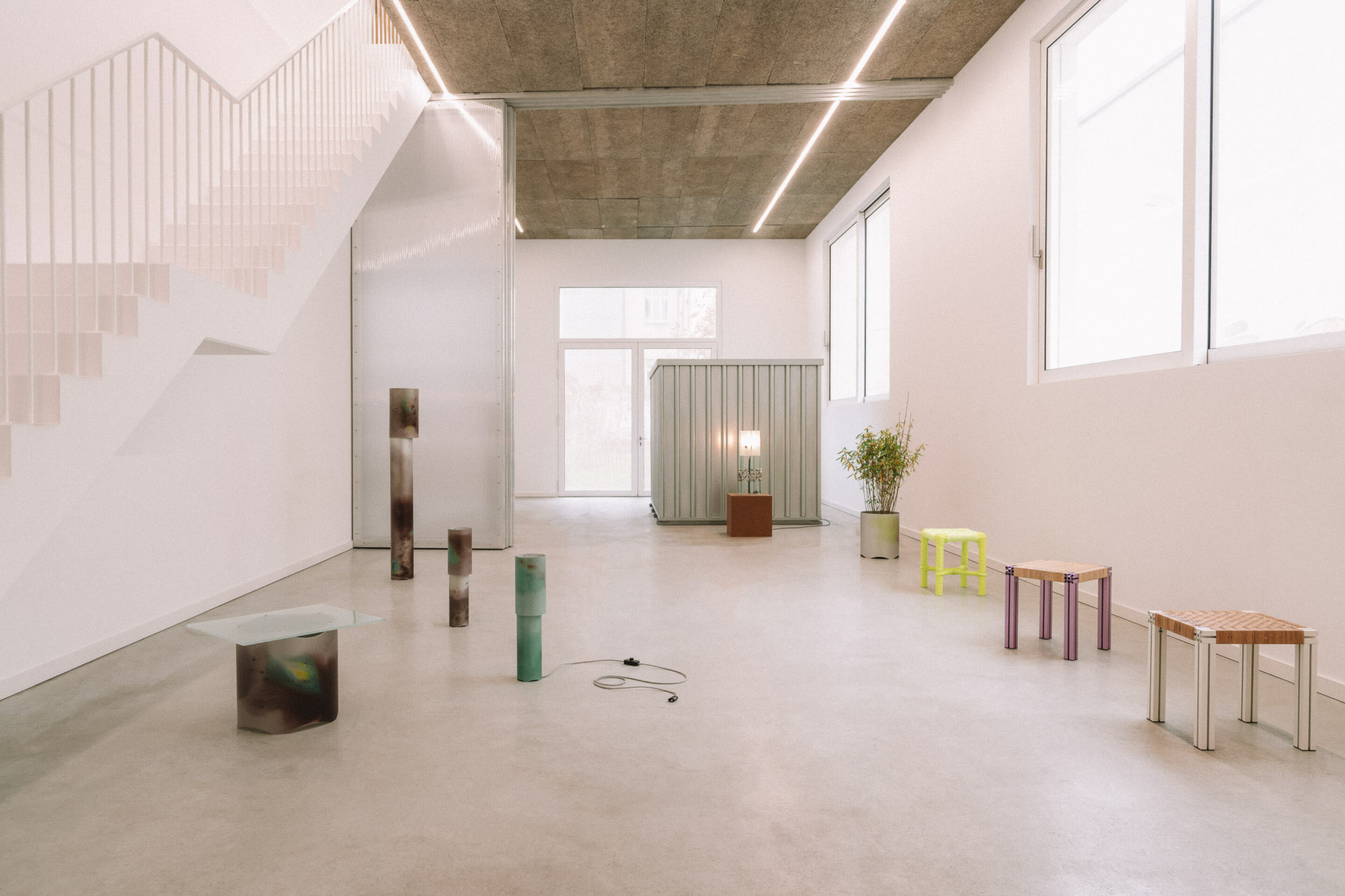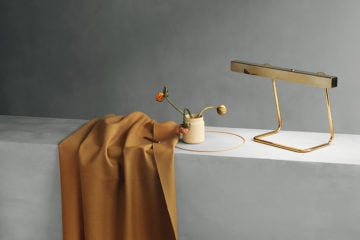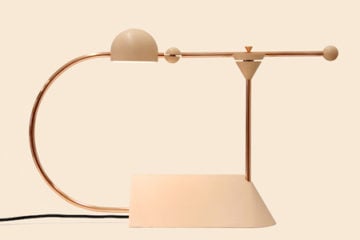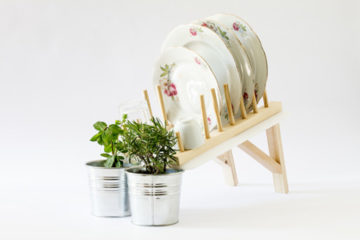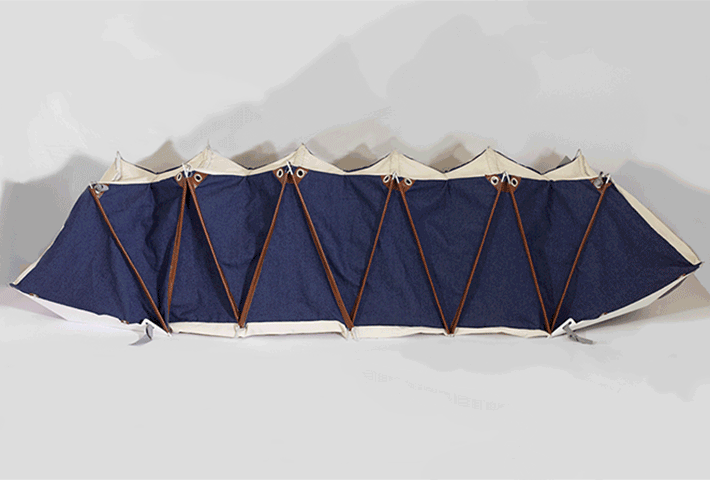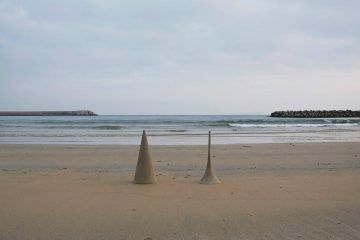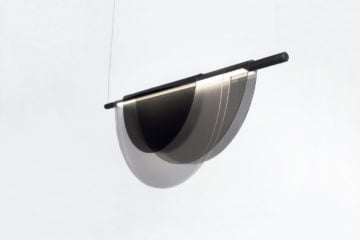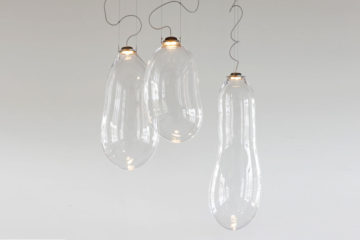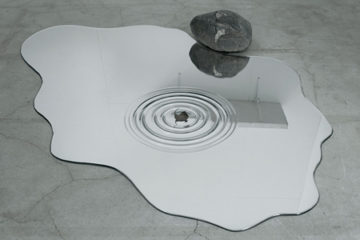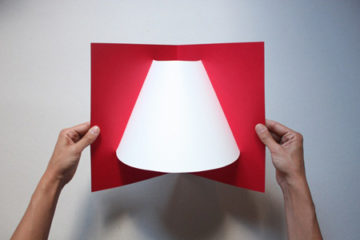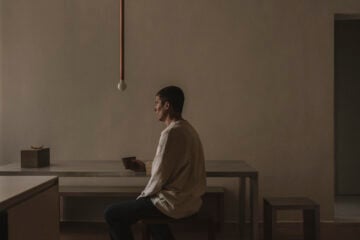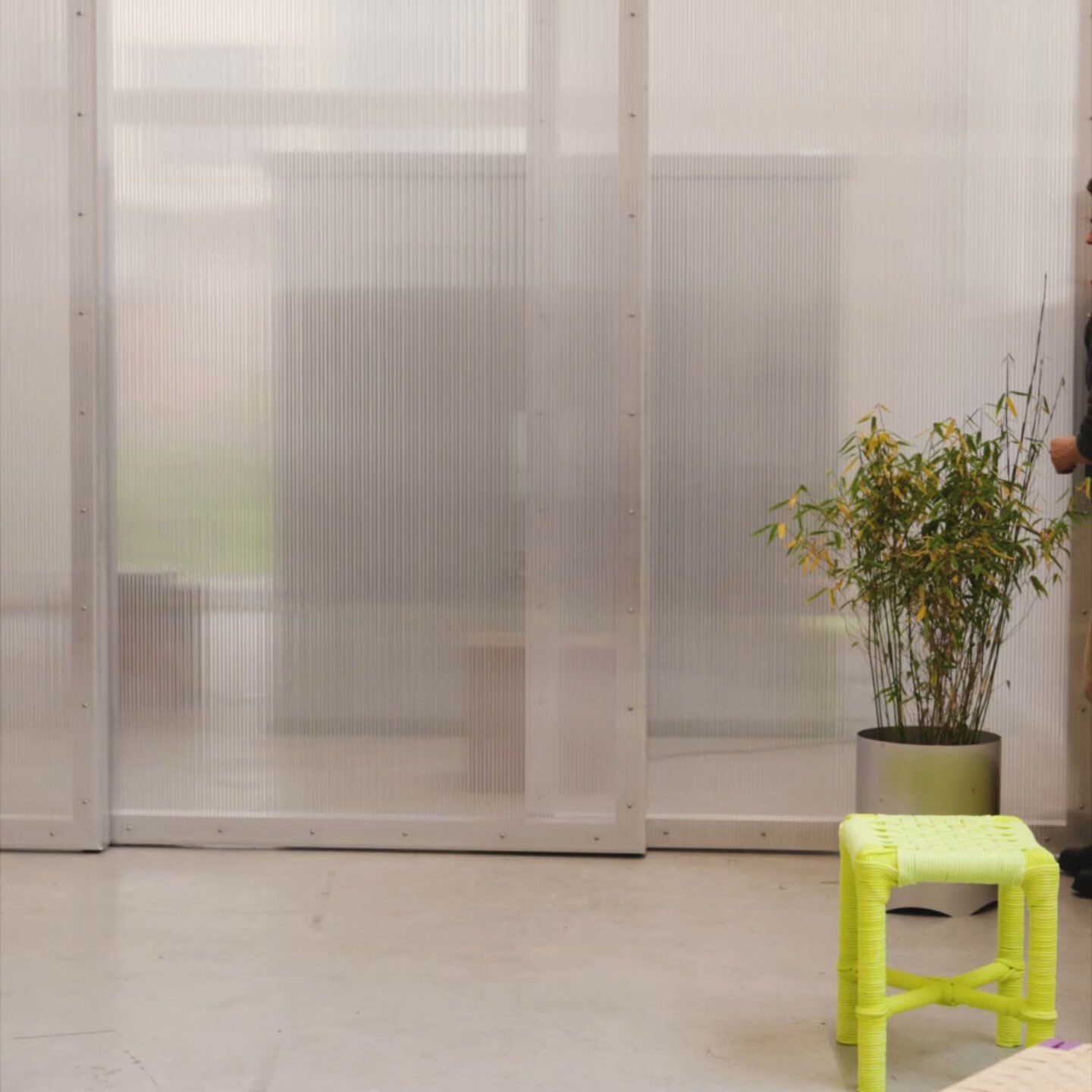
Product Designer Tino Seubert: Between The Industrial And The Organic
- Name
- Tino Seubert
- Images
- Clemens Poloczek
- Words
- Marie-Louise Schmidlin
“I try to discover the beauty in things that may not seem very appealing at first glance. This continuous search runs like a thread through my work,” product designer Tino Seubert tells us when we visited him last week on the opening day of his show at BAM PRACTICE in Berlin. By constantly walking through life with open and curious eyes, the London-based designer allows “daily observations, like architectural or industrial structures,” to flow into his work. His affinity for the quotidian, coupled with an experimental design process, results in furniture that sparks dialogues between the industrial and the organic, minimalism and craft, fragility and strength, transparency and colour.
"The process, until I get to a point where I am sure that I want to work with a certain element, can take years."
While Seubert is open to unexpected inspirations and receptive to influences from his environment, the decisions of which components to include in his work are never made without careful consideration. “I often look at things and materials several times before they start to grow on me. The process, until I get to a point where I am sure that I want to work with a certain element, can take years.” We are curious to find out whether the appeal of the materials he chooses—such as extruded aluminium, polyester ropes, and, more recently, glass panels—is immediately apparent to the designer or whether it only reveals itself through decontextualization, an investigation of function and form. “I think the beauty is already there, but it needs to be enhanced,” he replies.
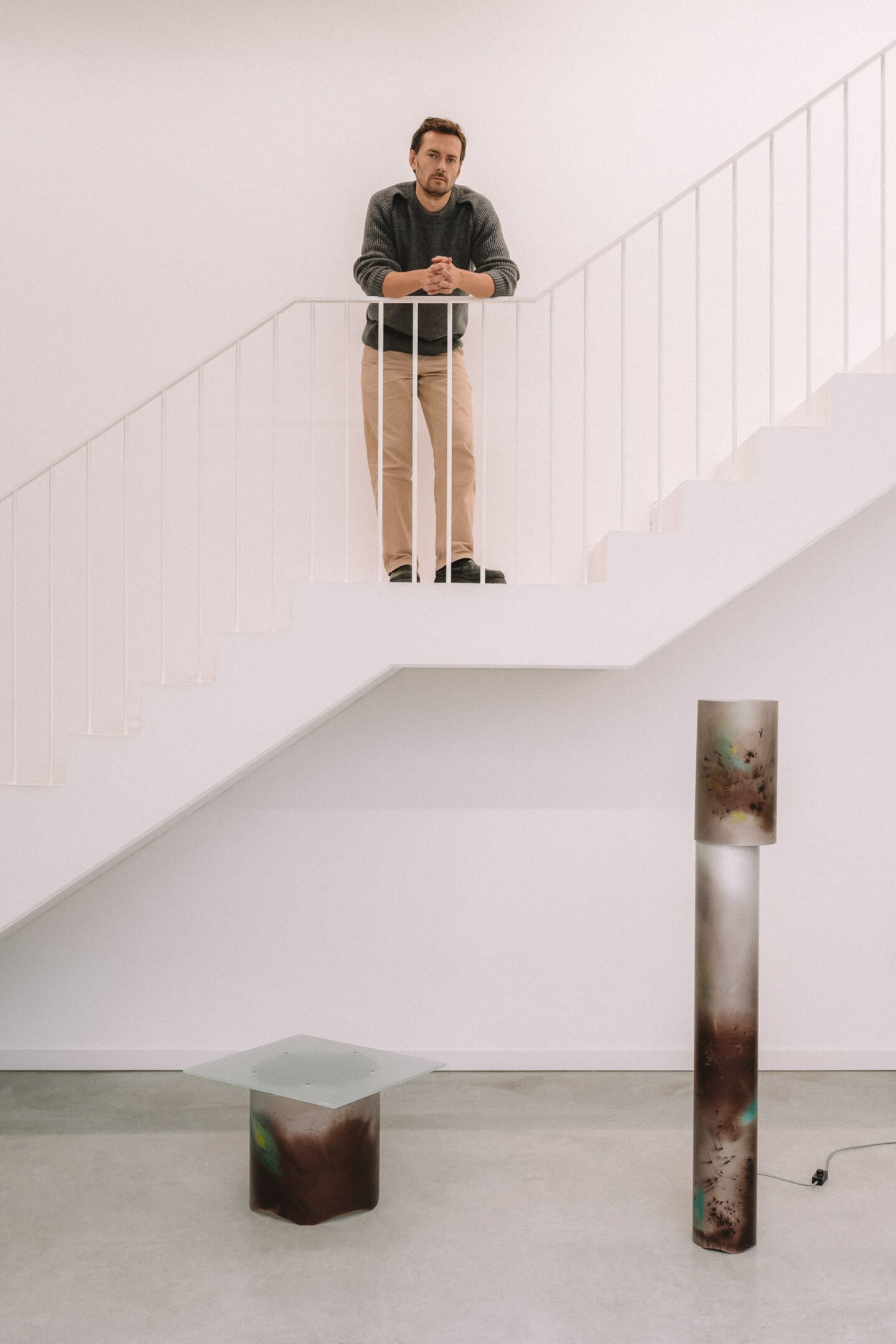
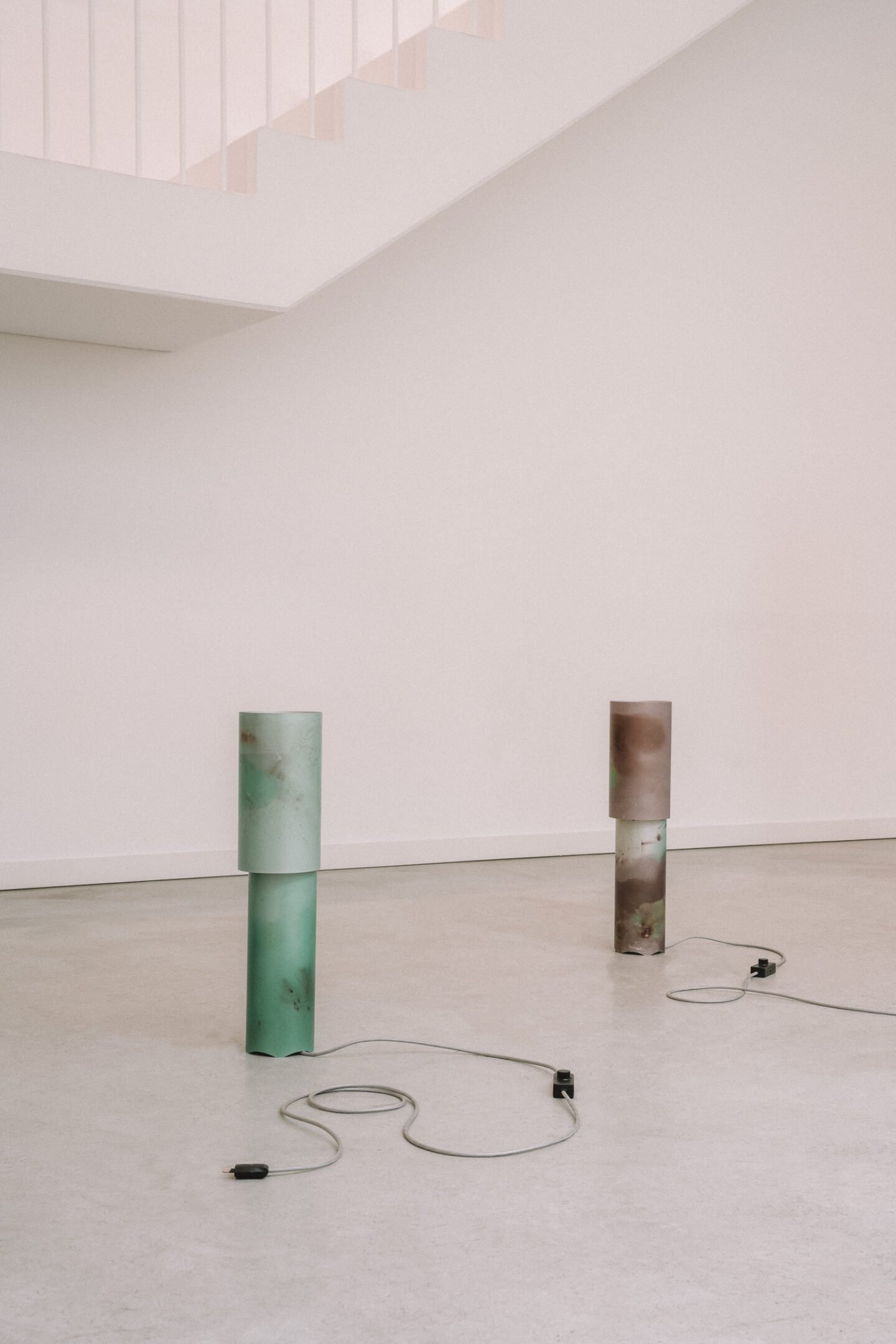
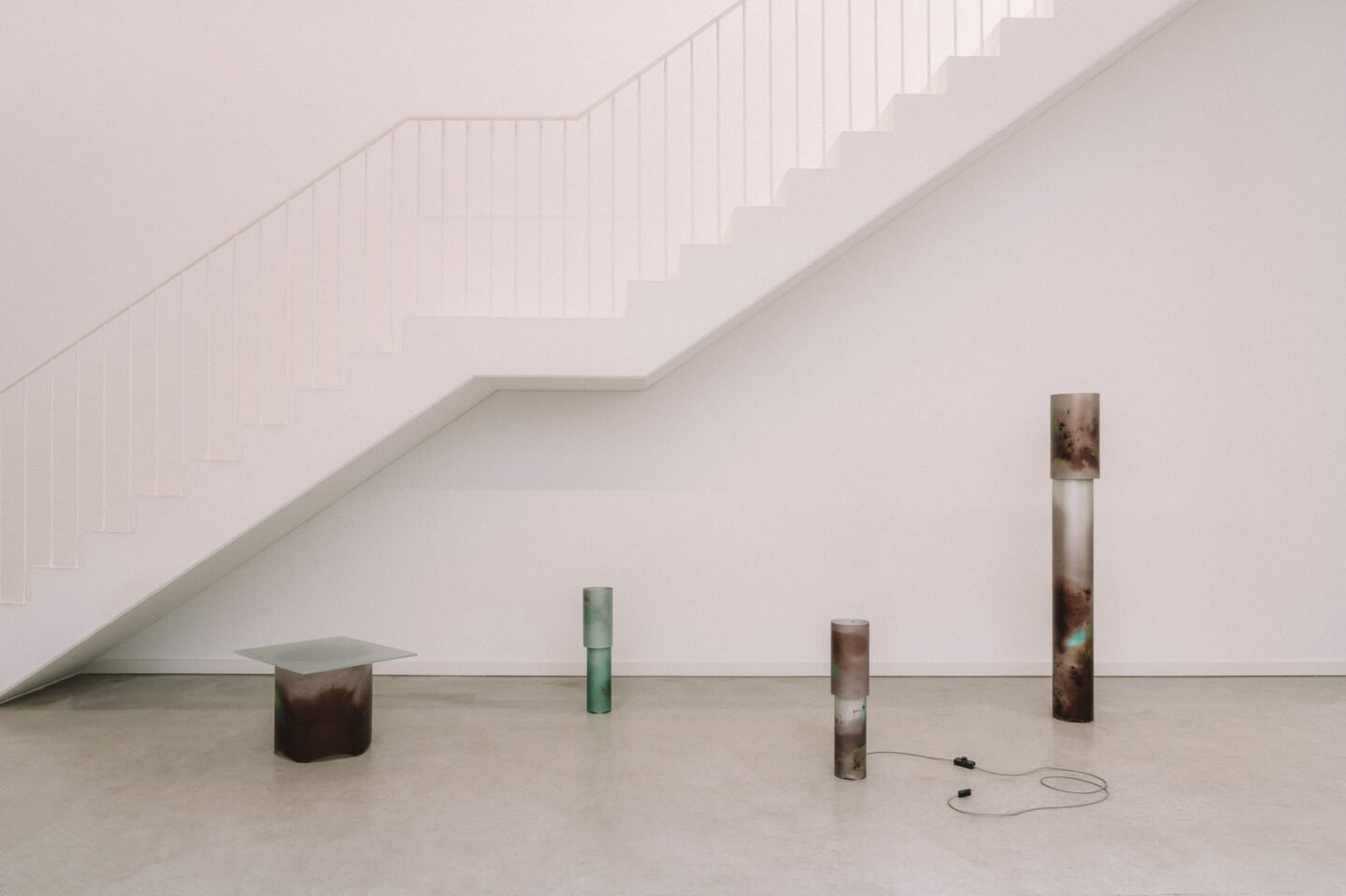
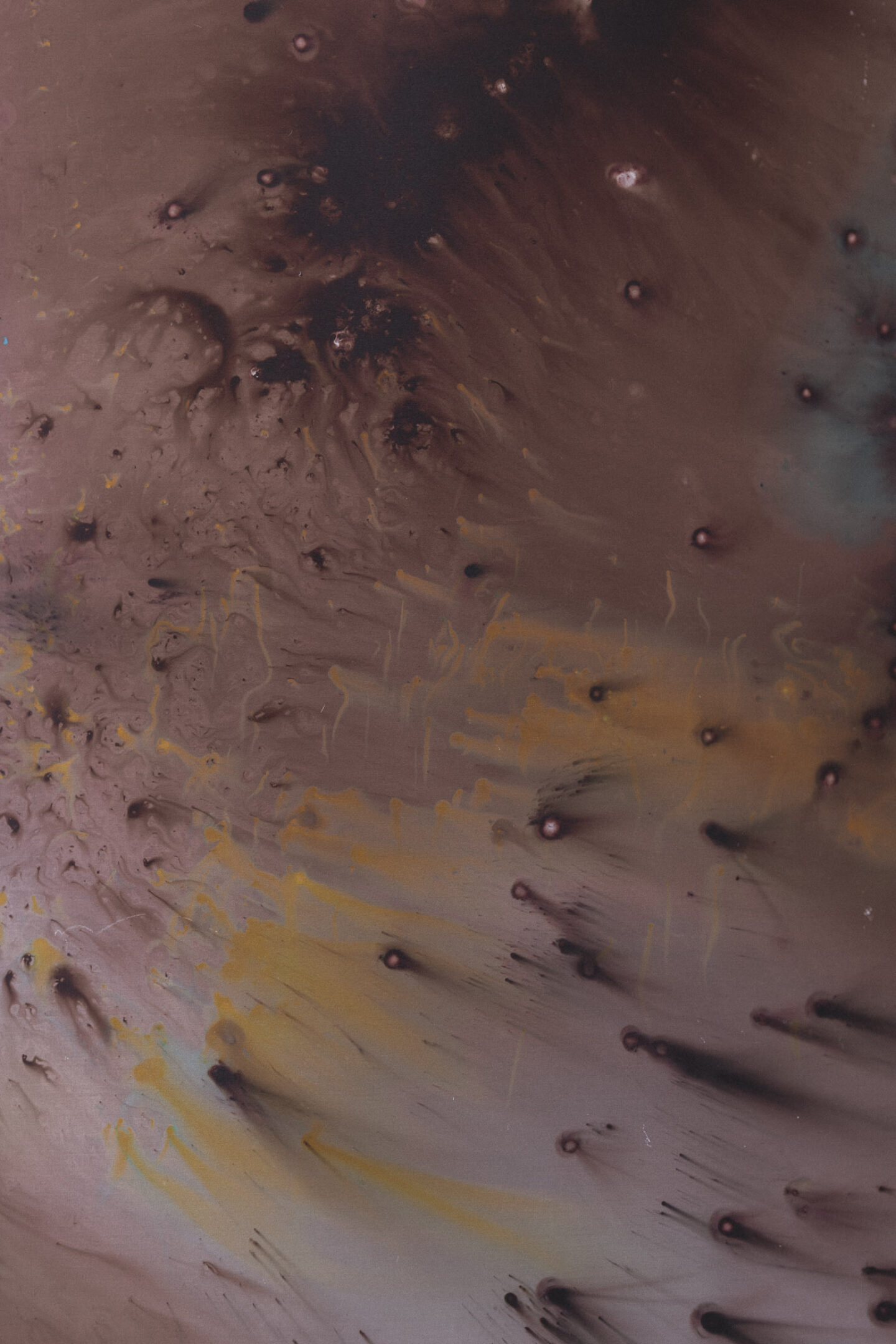
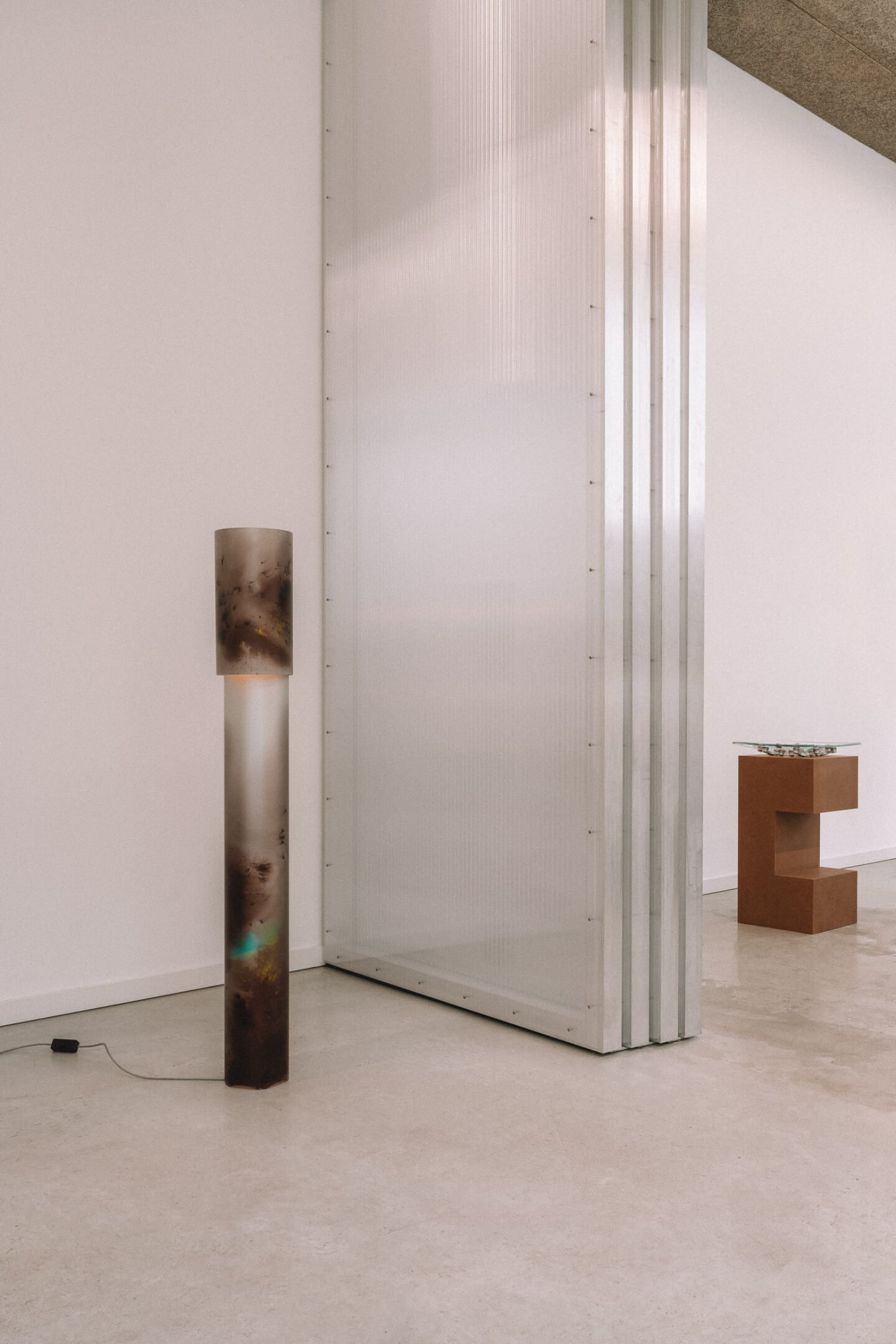
One example of how such enhancement manifests in Seubert’s practice is his ongoing research into the anodization of metals. Anodizing is an electrochemical process in which metal, such as aluminium, is immersed in a special bath and connected to electricity. While this first step of the process increases the durability and rust resistance of the material, immersing the metal in an additional bath enriched with pigments leads to a modification of its colour. Seubert’s initial study of this technique, which is an integral part of his practice today, gave rise to his Anodised Wicker collection, originally presented in 2018.
The collection comprised benches, armchairs, and stools (two of which were included in the show) constructed from extruded aluminium and coloured in hues of red and purple. Their surfaces, along with the back- and armrests, were—inspired by Hans J. Wegner’s designs from the 1950s—hand-woven from natural cane. Back then, these works also opened up a new design philosophy for Seubert and formed the starting point for his interest in juxtaposing the industrial and the organic.
Building on this exploration of anodizing, Seubert, in 2021, created a series of over-dimensional planters for the fashion brand MCQ that were showcased in their stores across the US, Asia, and the United Kingdom. Departing from the method of immersing the metal in a bath to change its colour, the designer started to use alternative ways of applying the pigments on the surface. Dripping, splashing, and spraying the dye onto the metal finally resulted in abstract patterns reminiscent of space photography, a galaxy.
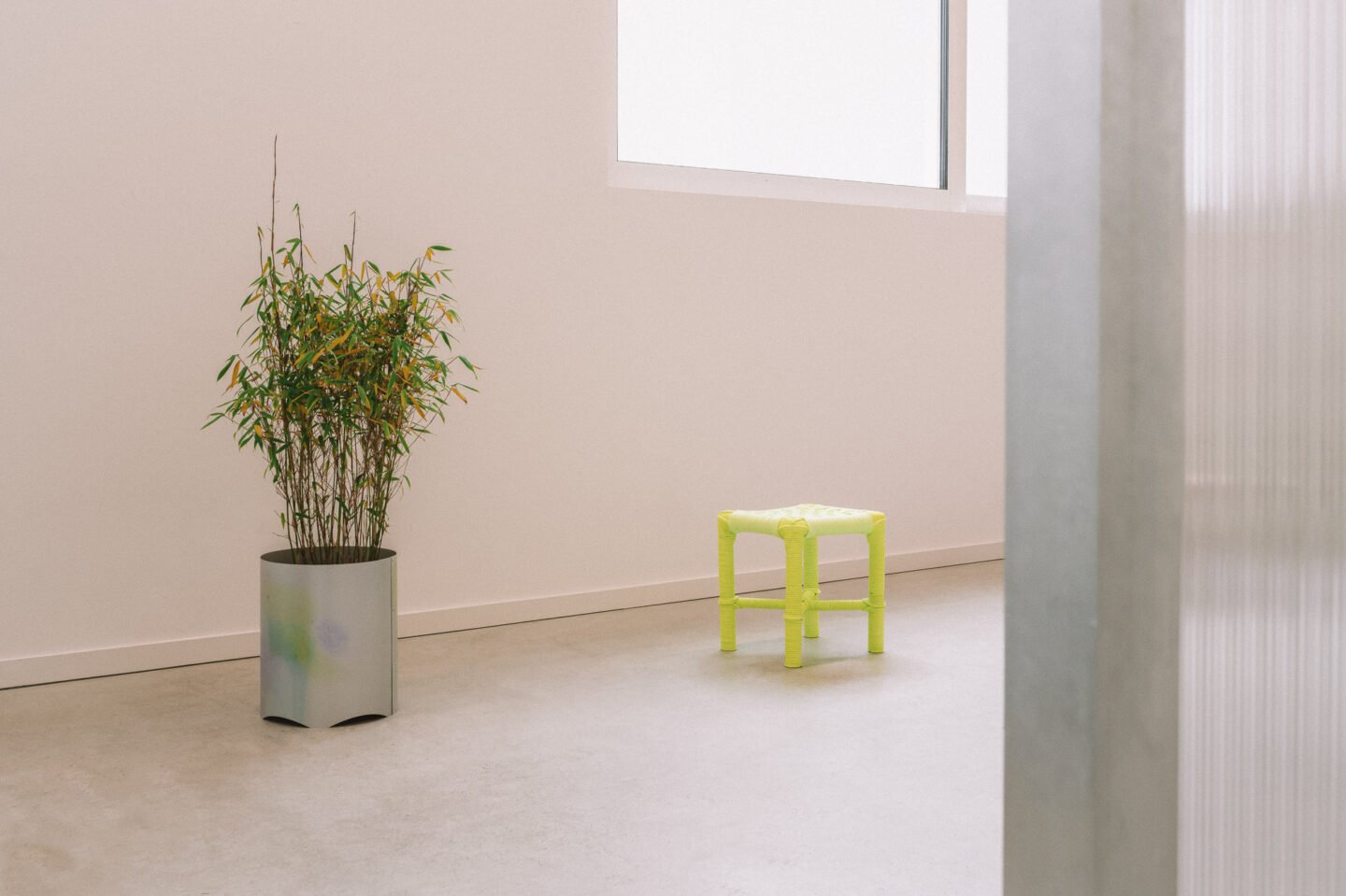
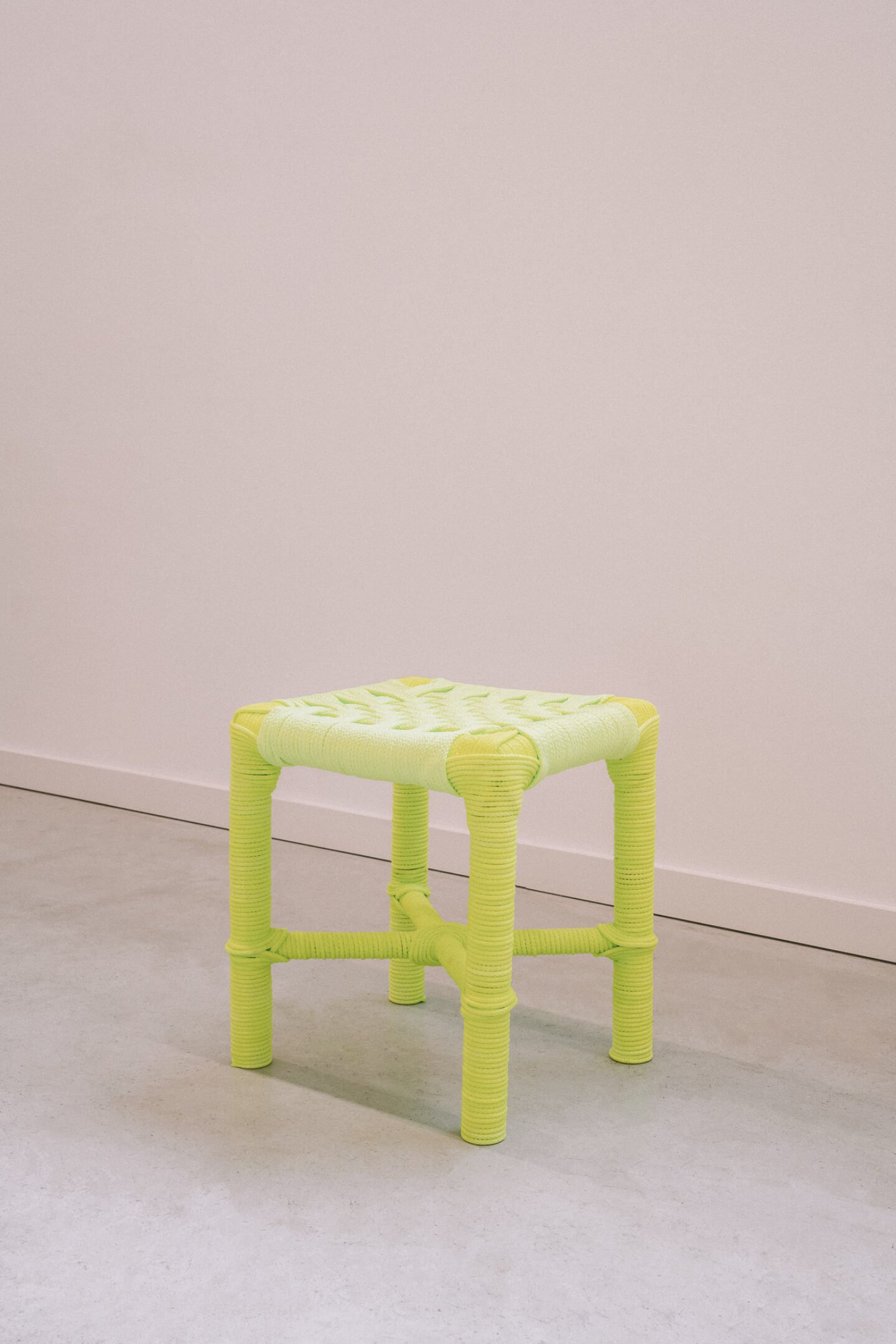
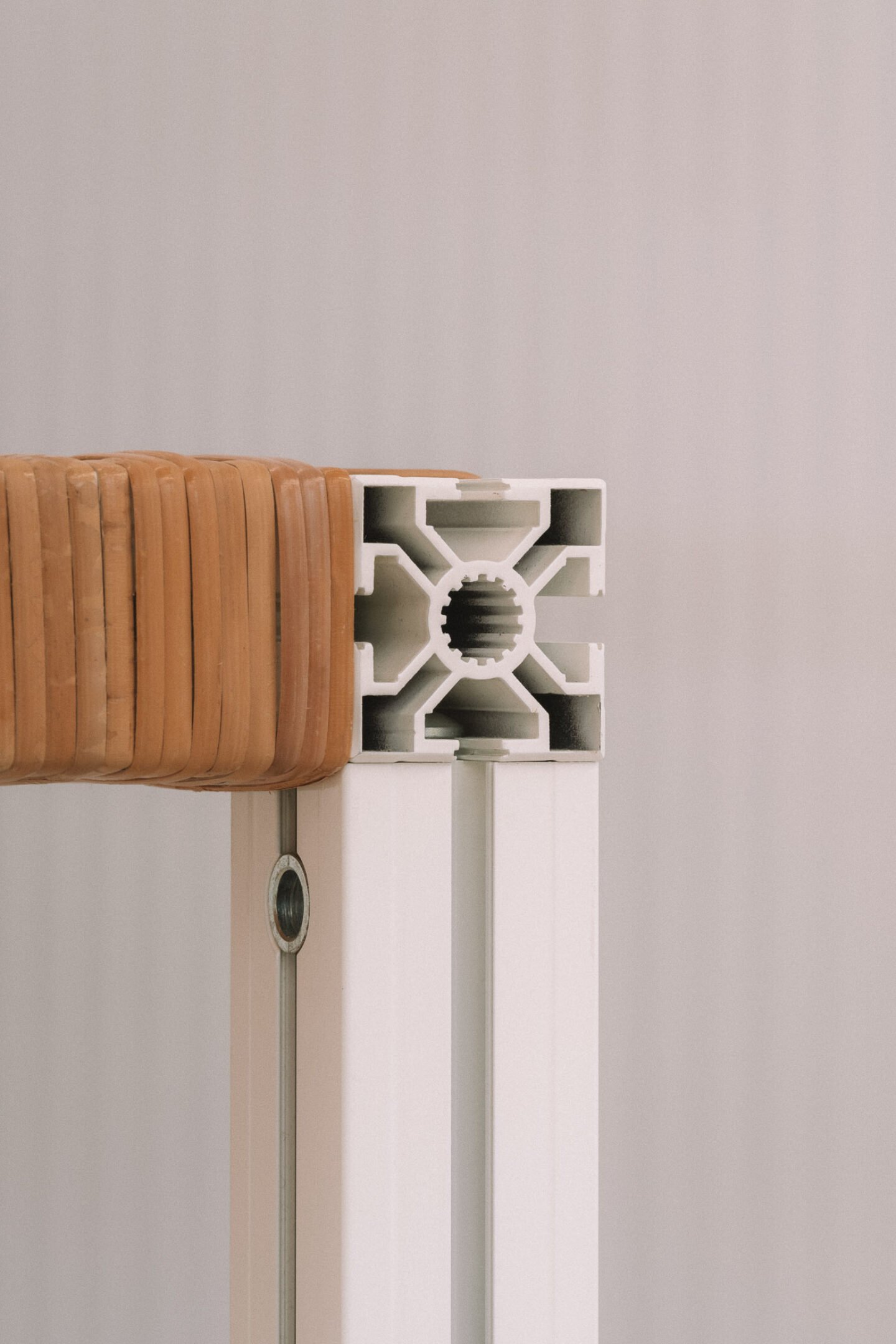
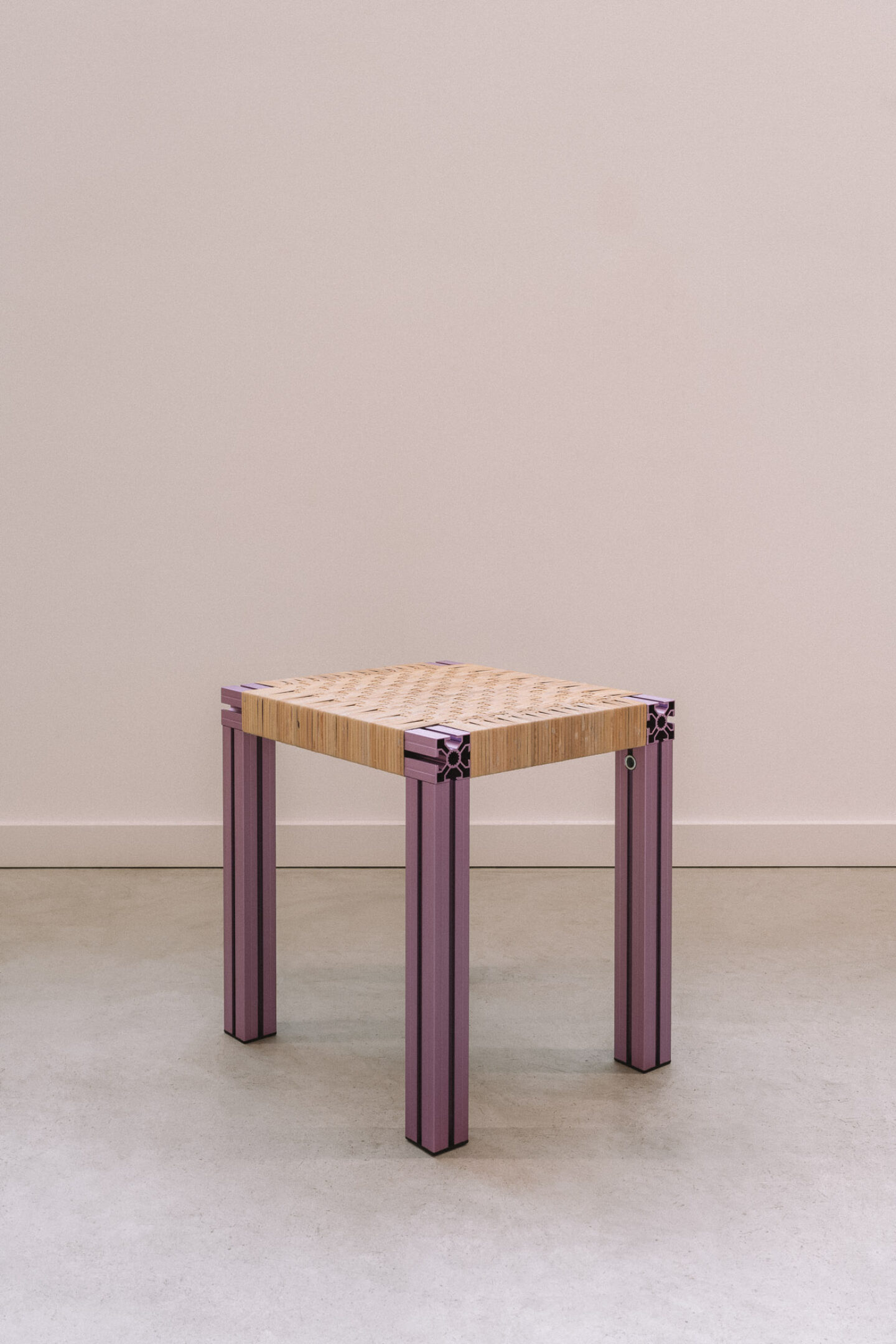
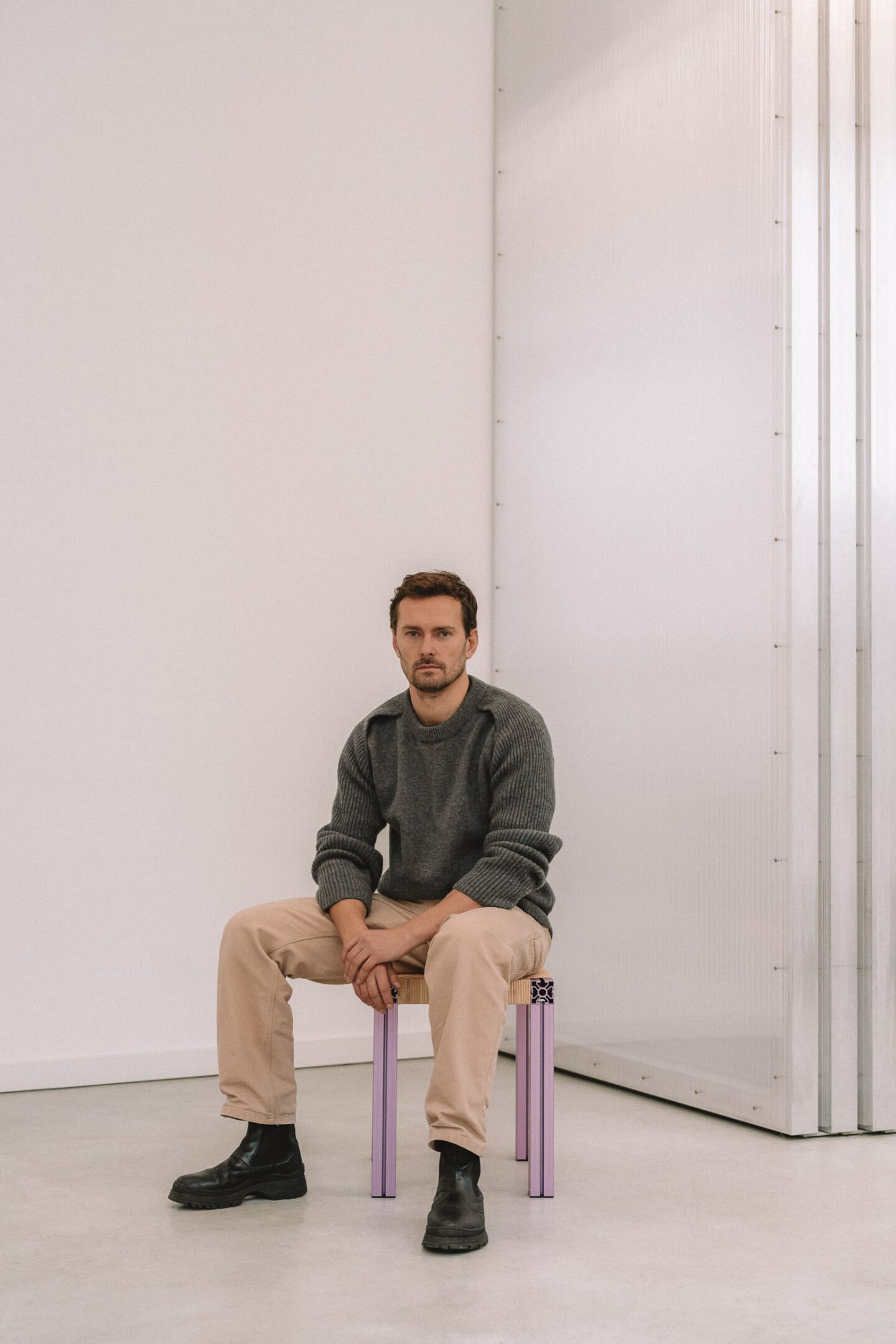
The outcome of this study gave its name to Seubert’s latest collection, Cosmos, which was presented for the first time in his Berlin exhibition. The series encompasses lighting objects and a side table characterised by minimalist shapes and crafted from anodized metal sheets. Deliberately designed with a simple form language, the lamps, and the table serve as a canvas that gives presence to the nuanced interplay of colours—featuring shades of green, turquoise, brown, and pops of yellow.
While Seubert’s process flows organically and gradually informs his pieces, the designer occasionally opts for a complete cut and develops radically different projects in parallel. One such series is Ferric Glass, which is also included in the exhibition. With these works, the designer introduces a new visual vocabulary while staying committed to revealing overlooked beauty.
The series commenced with his search for a fresh formal language for a private commission and his subsequent discovery of high-iron toughened glass. Due to its chemical composition, this type of glass is defined by a delicate green tint, creating associations with the aesthetics of 90s architecture. The designer assembled the glass plates into intriguing three-dimensional structures by employing spider hinges, which are bulky stainless steel fixtures and Seubert’s latest fascination. The robust character of the hinges creates a strong contrast with the transparent materiality of the glass. Applying this method in various ways, Seubert formed a new body of work that consisted of a floor lamp, a table lamp, and two bowls, all moving within the same visual universe.
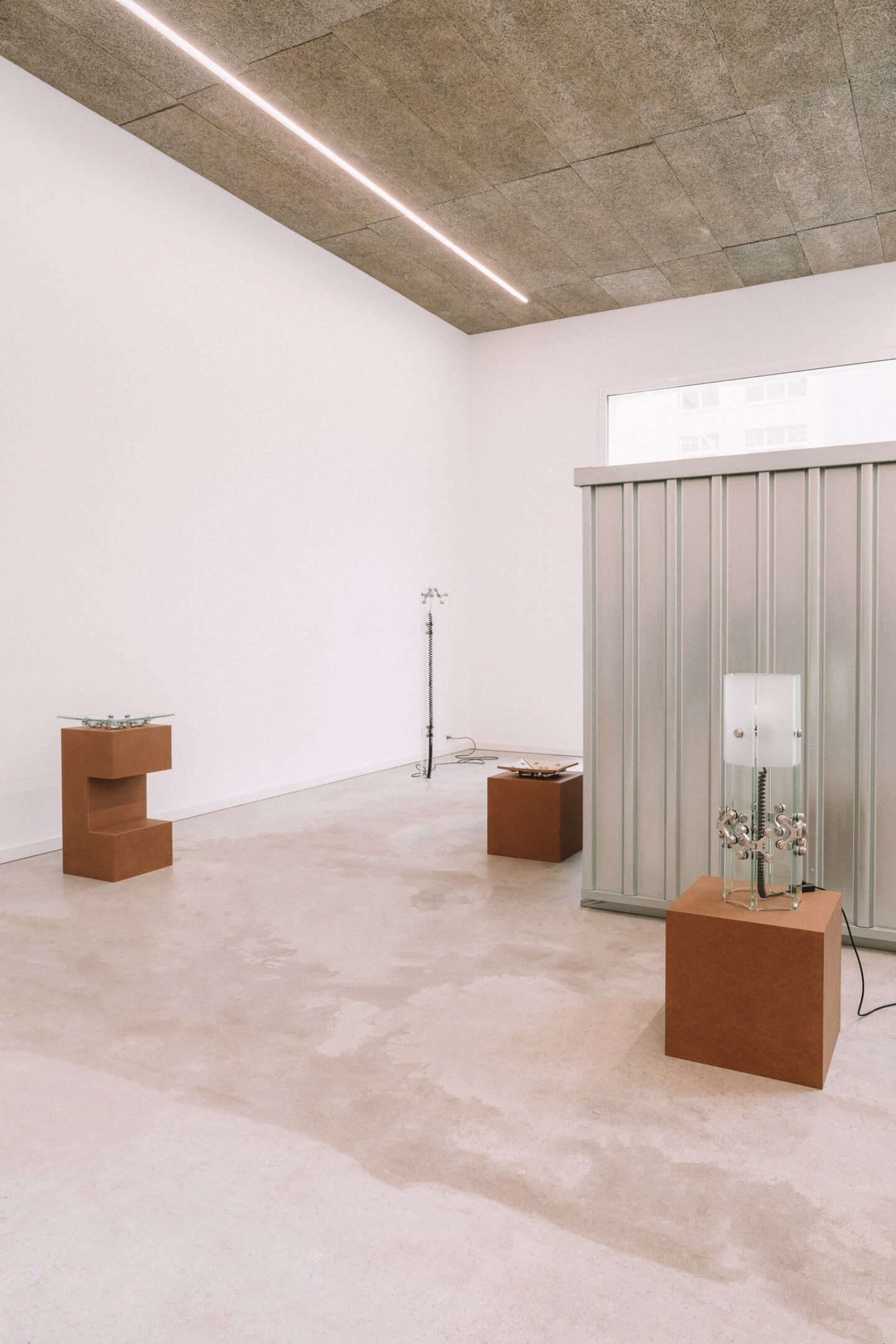
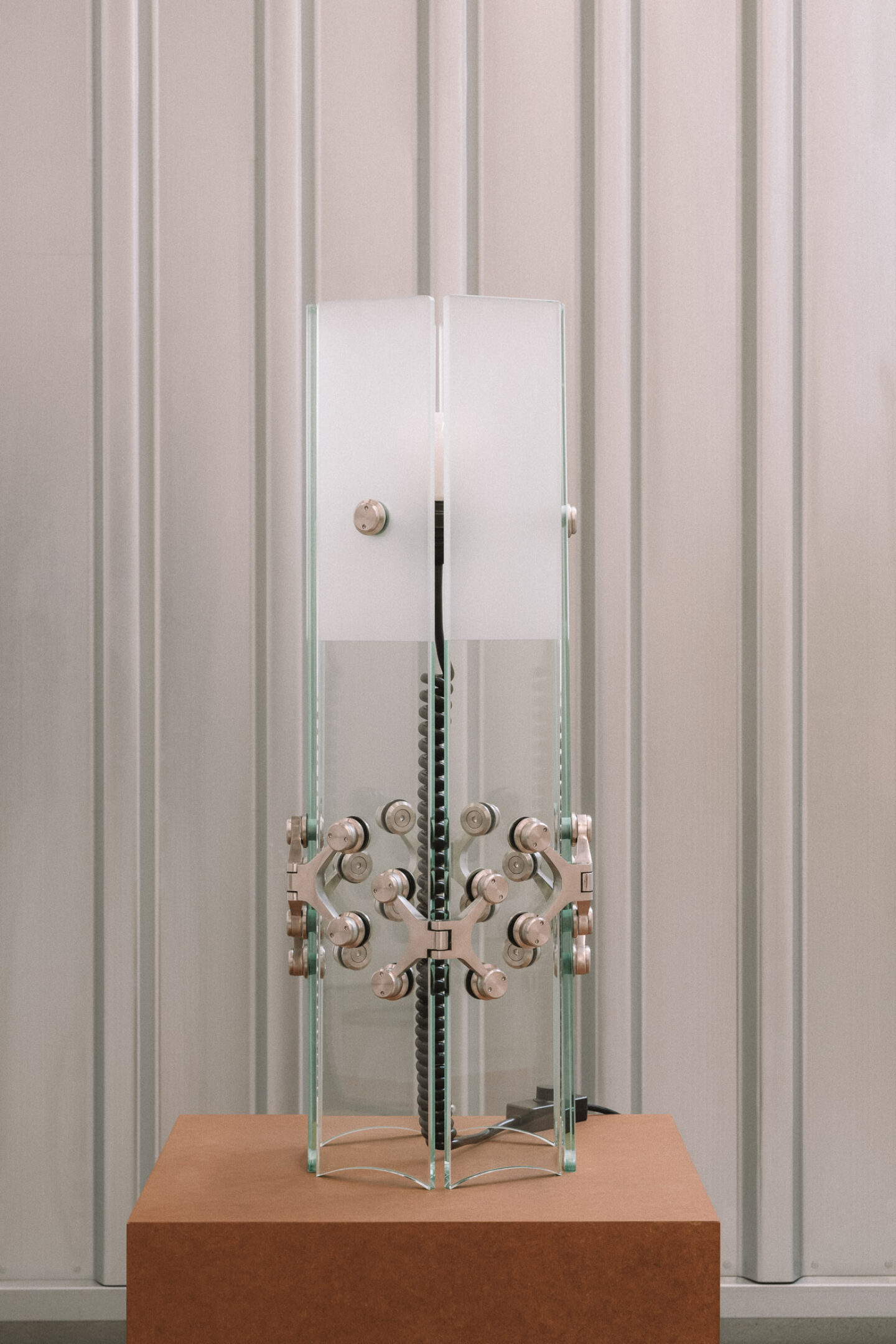
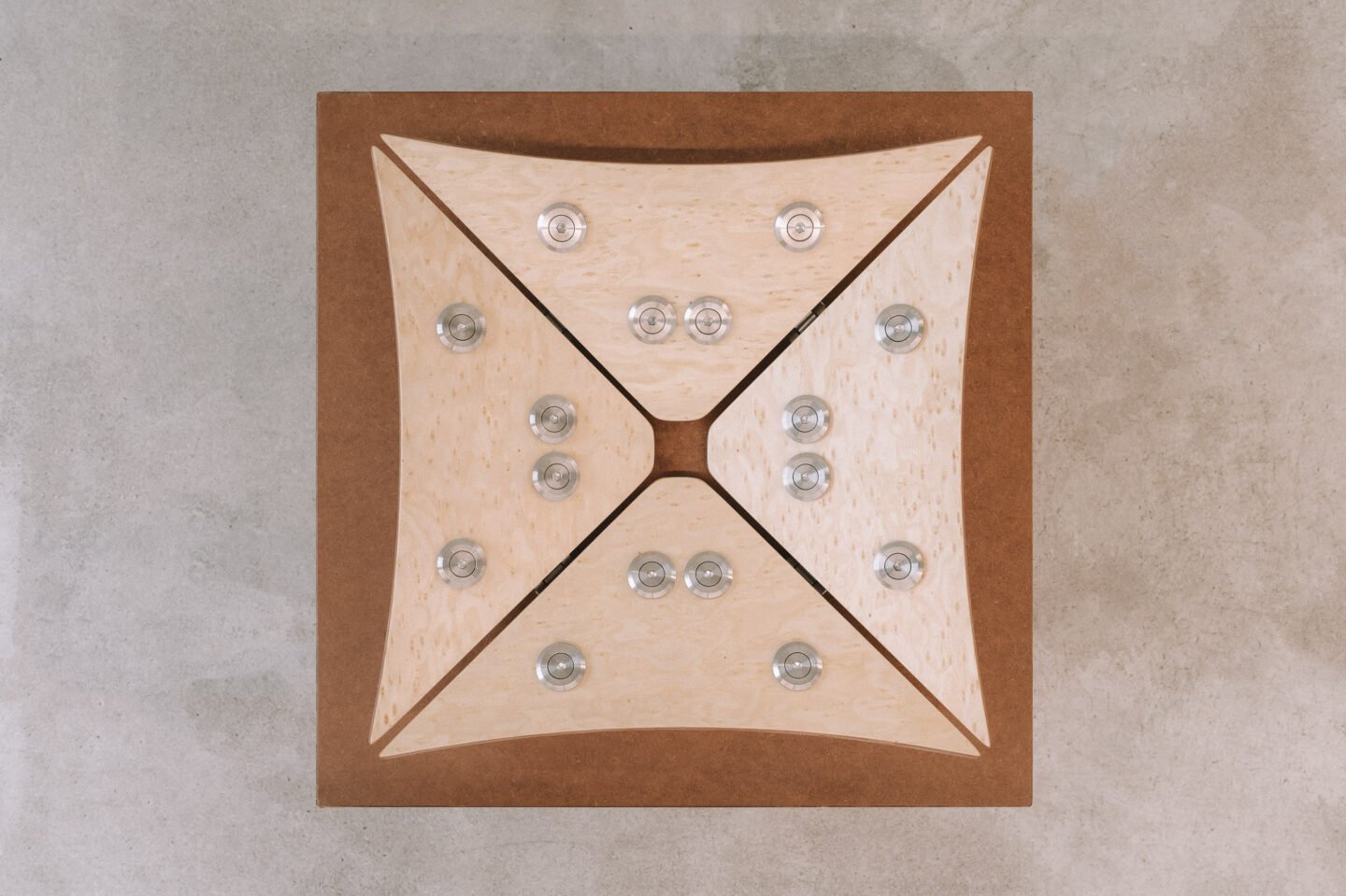
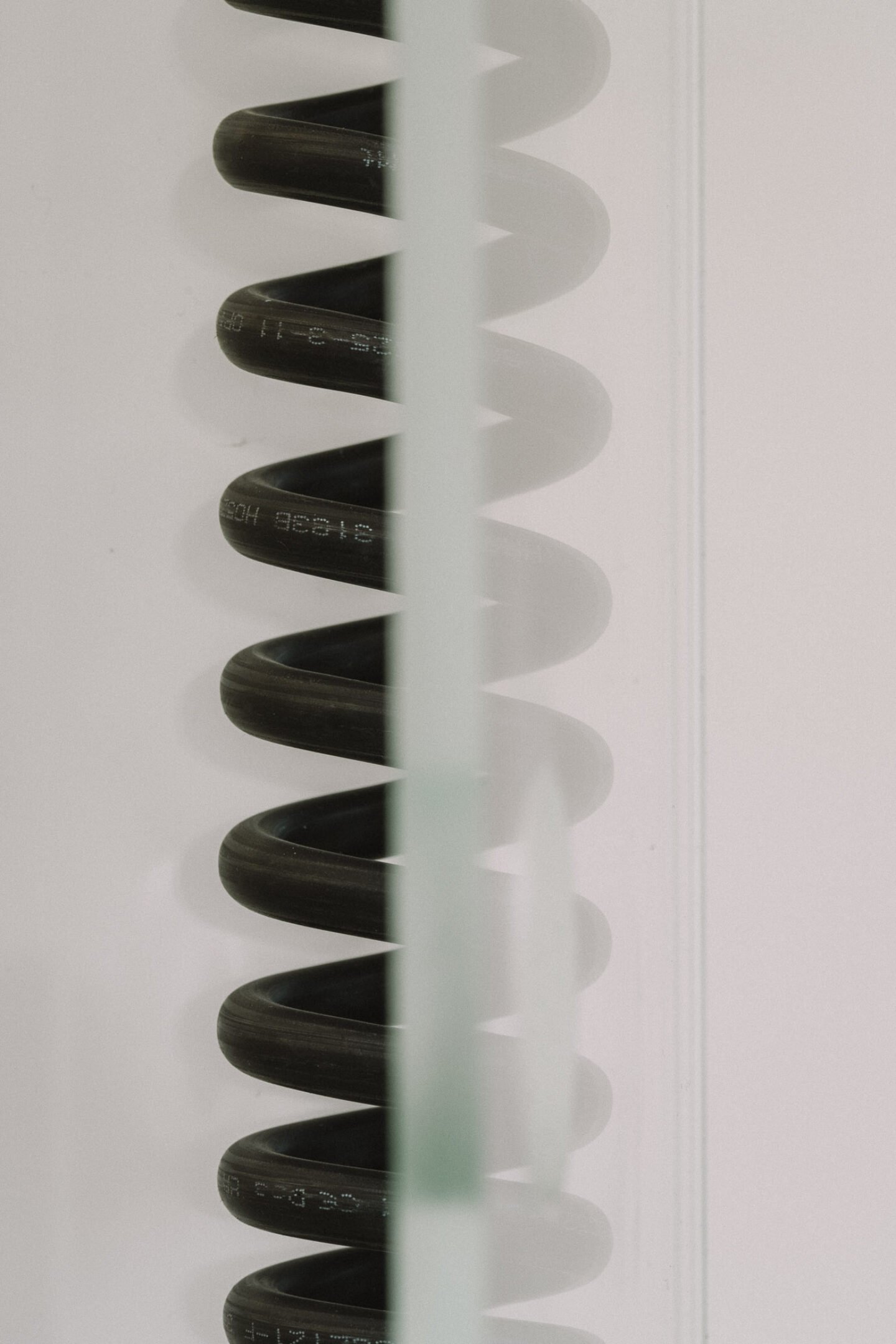
“In my design process, I like to start with the investigation of a material or a technique rather than with a certain desired functionality.”
“In my design process, I like to start with the investigation of a material or a technique rather than with a certain desired functionality,” Seubert shares about his way of working. While he adds that experimentation plays another vital role in his practice, it seems as if some aspects, such as his openness to unexpected influences or the outcomes of his dyeing exercises, even embrace the concept of chance.
Yet, seeing Seubert’s distinct works displayed next to each other reveals an unmistakable formal consistency. The green hues of the Ferric Glass objects, for example, resurface in the playful colour scheme of the Cosmos table lamp. The spider hinges that securely hold the glass bowls connect through their industrial character to the extruded aluminium, and subtle, curved shapes familiar from Seubert’s planters are echoed in the base of his floor lamps. Collectively, all of these elements shape a comprehensive design portfolio that—in all its diversity—draws a well-rounded and coherent picture.
Images © Clemens Poloczek | Text: Marie-Louise Schmidlin
